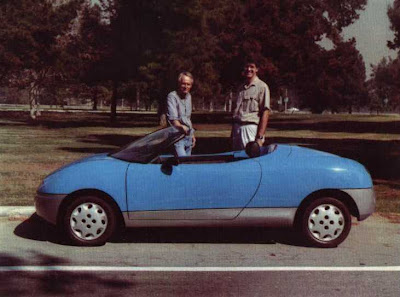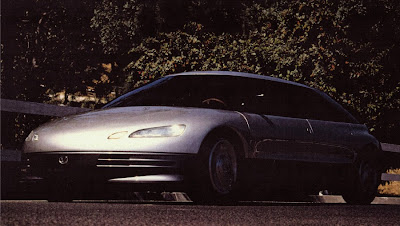This year we have new rules which should make racing and passing better. More than that, Ross Brawn has come out of the Honda mess with his own F1 team and is very competitive right out of the box. Add to that another enthusiastic driver, Rubens Barrichello, and we have another team that celebrates the best in F1.

Since the new rules force some interesting changes in the cars, I thought I would copy some excerpts from an excellent article in Racecar Engineering that addresses some of the challenges in the new season. Just in time for the first race.
Excerpted from "The Countdown is Over" by Sam Collins.
"These front wings have turned out to be more powerful than we thought they would be," reveals Renault's Bob Bell. "When we put the first designs into the wind tunnel we thought we would not have enough front wing power, but now it turns out that we have more than we can deal with! So the drive is to push the weight as far forward as possible."
That push to adjust the weight distribution forward is hindered by the introduction of weighty KERS hardware in the centre of the cars. "With KERS you lose the ability to put the ballast where you want it," explains Bell. "So what we have had to do is pretty much try to see where we want it to be and tune the wheelbase and the mass distribution of the car in a static environment to get it pretty close, and that's been the major challenge."


Pascal Vasselon of Toyota elaborates on the same point. "It's no secret that if you take a Formula 1 car without ballast the weight distribution is too much towards the rear. So what you do is take the remaining weight in the form of ballast and move it forward. But by using KERS you lose a lot of that forward ballast in favour of the system, so the weight distribution is further forward than you would like."
So it's clear that the increased rear weight bias and the excess front-end downforce are two of the factors that will change the handling of the cars significantly this coming year, but the third is perhaps the most significant of all - the tyres.
"The effect is obvious," says Vasselon, "because when we went from slick to grooves it created massive understeer, so going to slicks it is obvious that it will induce oversteer." The new tyres themselves creating oversteer is one thing but, with the rear weight bias created by KERS and the forward aero bias, it makes at worse for some very sideways motoring and, at best, for a hard time for the rear rubber.








